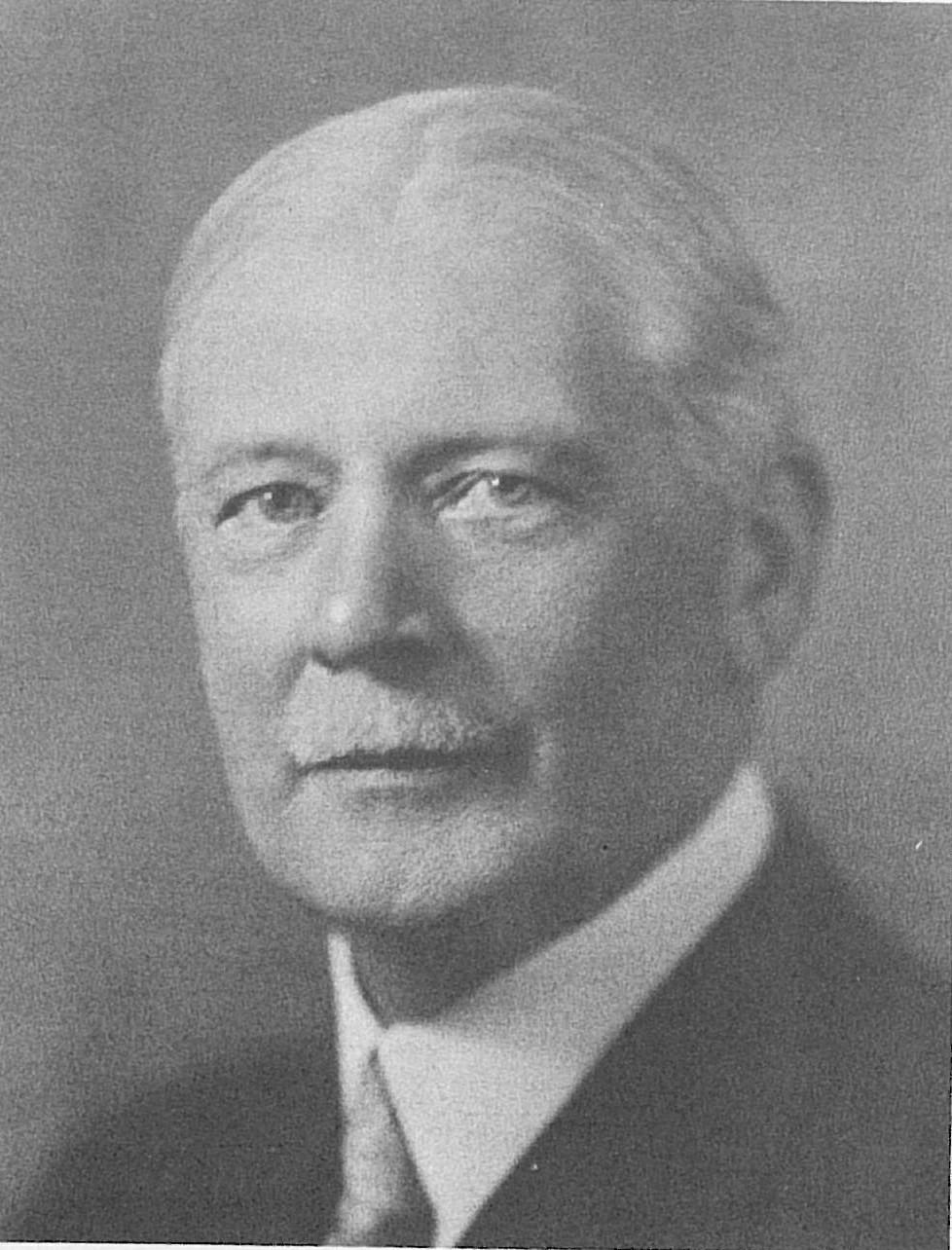
Alfred Harrell
Bakersfield Californian
1863-1946
Alfred Harrell, editor and publisher of The Bakersfield Californian for nearly 50 years, can be credited with giving not only wise direction to development of the entire Southern San Joaquin Valley, but he supported through the years the vital steps necessary for the rich development of its resources.
Harrell, a native Californian, was born Nov. 10, 1863, in Merced County. In a day when the educated men were few, he, as a youth, received an exceptionally good education in the Oakland city schools and acquired a love of learning he kept during his lifetime.
He trained for and became a school teacher, and he journeyed to Kern County in 1882 to teach. He was 19 years old and was elected school superintendent at the age of 23. Harrell backed and aroused public support for school bonds, school improvements and improved facilities.
When Harrell was 34, he bought The Daily Californian for $1,000.
“I had no training of the newspaper work either in the production or business end of such an institution,” wrote Harrell years later.
The struggling paper had a circulation of only 300. In 1907, Harrell rechristened the paper The Bakersfield Californian. When he first owned the newspaper he worked as editor, sometimes reporter, advertising salesman and bookkeeper. His first editorial enunciated support for the principles in national government represented by Jefferson and Jackson.
With the physical expansion, editor Harrell added Associated Press services to his fledgling newspaper, bought a linotype machine to supplant the old handset method and installed a fast Duplex press with a modern job printing department.
Subsequently, he built a completely new plant with the then latest press and equipment installed. But while the success of the paper was obvious from its physical growth, its strength and vitality reposed in its progressive editorial policies and services. With vision and foresight, he encouraged the early beginnings of the Central Valley Project, being keenly aware of the problems of agriculturists. He backed editorially the legislation needed to make that project a reality.
Harrell backed development of the Kern County highway system that linked the burgeoning communities of Taft, Delano, Mojave, Arvin and others to metropolitan Bakersfield. He made possible the much later agricultural and industrial development of the Mojave Desert and defense centers at Edwards Air Force Base and the Naval Ordnance Test Station at Inyokern.
Harrell helped establish banking services, and his own interest in mining did much for that industry. During World War I, he was Liberty Bond chairman, and in World War II, he opened the columns of the newspaper to support all patriotic endeavors.
In 1938, he received the American Legion Award given to distinguished citizens. A major boulevard, the Alfred Harrell Highway leading to Hart Memorial Park, is named after him.
Harrell served on the state committee of the California Public Works Program, an appointment made by President Franklin D. Roosevelt, and he was a member of the state parks commission. He backed the development of Hart Memorial Park and other recreation areas in the city and county, and conservation of natural resources.
Through the years, he maintained a close relationship with his editorial staff and with community affairs.
Before his death on Dec. 14, 1946, at the age of 83, he still wrote many of his own editorials. The institution he headed and left as a legacy as a fine newspaper in the Southern San Joaquin Valley has followed the same basic principles he set forth of public service, editorial balance and leadership.
Jim Day, who was managing editor of The Californian for more than 20 years, said, “The quotation from Tennyson, ‘The greater the man, the greater the courtesy’, aptly described Mr. Harrell. I never knew him to treat anyone, no matter who it was, from the copyboy to the man on the street, or any official of some kind or another, with anything but courtesy.”
Alfred Harrell influenced many people, not only in Bakersfield but in the state. He established a tradition and left a legacy.*Hall of Fame inductees are selected annually by a committee appointed by the California Press Foundation. They recognize career achievements of weekly and daily publishers in California who were important and influential in their era, as judged by their peers in the association. The write-ups are a historical and journalistic snapshot in time and not official biographies.*
© 2024

